People who want to give you their information and go into your sales funnel will see a lead capture form right away. This is the best thing you can do to get leads on the internet. People usually stop filling out these forms if they aren’t put up appropriately, which means that businesses miss out on important leads. But if you remember to make your forms simple, clear, trustworthy, and easy to use, they will dramatically increase conversions and provide you more value for your marketing money. The length of the form, the headline, the call to action, and the incentive all have a major impact on what people do. You should always be working to make your lead capture forms better so that they are easy to use, look attractive, and make people want to fill them out.
Forms are a very important technique to get leads.
The most crucial aspect of any campaign is the lead capture forms that let people who are interested in your product get in touch with you. You just have a few seconds to get someone to do something on your website, so if your form isn’t set up perfectly, they’ll leave straight away. If a form seems extensive, hard to understand, or scary, people won’t want to fill it out. This means that there will be fewer leads and more people who don’t finish it. On the other hand, a well-designed form makes the process go quickly and smoothly, which makes consumers feel safe about giving over their information. A smart form doesn’t merely collect information; it also turns an interested visitor into a paying customer or subscriber. Companies that know how to make lead collection forms work better frequently obtain more and better leads than their competition.
Things that are easy to grasp sell.
One of the most important things to remember when filling out forms is to make them as basic as possible. This has a direct effect on how many people finish them. People prefer shorter forms since they are quicker and easier to fill out. If you only ask for their name and email address, people are considerably more likely to fill out the form than if you ask for a lot of other information. You should think about whether you actually need this information from the start if your business needs more than just phone numbers, addresses, or job titles. Companies can usually collect further information later by calling back, sending out surveys, or utilizing other methods of progressive profiling. People will want to be a part of it more because it’s easy to fill out short forms. If a job isn’t too hard, people are more likely to finish it.
How short, bold, and persuasive headlines are
People will notice the title of your lead capture form first, therefore it’s really crucial that they know what to expect. If the title isn’t obvious, like “Sign Up,” people won’t know what they’re signing up for. “Download Your Free eBook Today” and “Get Exclusive Access to Our Webinar” are two examples of headlines that make it clear right away what people will get if they fill out the form. A simple, benefit-driven headline makes things clearer, makes people trust you, and gets them to accomplish what you want. Your title needs to be clear, tell the buyer what they want, and provide them something beneficial. A strong headline tells people why they should fill out the form, which makes them more likely to do it.
How to Use Calls to Action
The last stage to collecting leads is to click on the “Call to Action” button. People should click on the button that looks and sounds excellent. People don’t do anything when they see bad CTAs like “Submit” since they sound boring and generic. It’s clear what customers will get when they see phrases like “Get My Free Trial,” “Access My Guide Now,” or “Start Saving Today,” which also push them to act. The look of the CTA is also highly important. It should be big, easy to find, and different from the rest of the site. The button is easier to spot because it has different colors, bigger letters, and is placed exactly where it should be. A quick and simple call to action clears up any doubt, makes things clear, and invites people to fill out the form.
How to Get People to Trust You
People are usually afraid to give personal information online, thus trust is one of the most critical things that could help them convert. By putting trust signals that are easy to observe on their websites, businesses can show customers that their information is safe. This will make them feel better. Some examples are SSL certifications, seals for data protection, and vows to follow rules like GDPR. Reading brief but forceful words like “Your privacy is our top priority” or “We never share your information” could assist. Another smart strategy to build trust is to put customer evaluations, case studies, or logos of well-known clients next to the form. These signs make it more probable that customers will trust your brand and less likely that they will change their thoughts. This indicates they are more likely to use it.
How to Get Things Done for People Who Are Always on the Go
Most people use their phones and tablets to get online. So, it’s very vital to check that lead gathering forms work correctly on these devices. A form that looks excellent and performs well on a PC but is hard to use on a phone could lose leads. Responsive design makes sure that forms look attractive and operate well on screens of all sizes. This way, everyone can utilize all of their devices to do the same things. Designers need to make sure that the buttons are easy to click, the input fields are big, and the fonts are big enough that you don’t have to zoom in to see them. You need to test it on a lot of different browsers and devices to make sure it all works. Companies who construct their websites with mobile users in mind can acquire leads right immediately from anyone who visits their site.
Taking away items that are in the way
If there are too many things on the page, people might not finish the form. People might not want to fill out the form if it has too many ads, extra links, or designs that are too busy. The page with the form should be easy to understand, clear, and focused on getting visitors to fill it out. The site is all about giving the form some space, and using whitespace the right way does that. If anything isn’t helping you fill out the form, you should either make it smaller or get rid of it. Businesses may help people stay focused on filling out the form and getting what they want by removing everything that gets in the way.
How to get more leads by giving out prizes
People are more likely to share their information with you if you promise to give them anything in return. It feels more like a treat than a job because of this. If people think they’ll get something good in return, they’re more willing to give you information. Companies do things for a lot of different reasons. They may be free eBooks, whitepapers, discount codes, access to webinars, free trials, or reports that only a few people can see. The most important thing is to make sure that the reward is something that the people you want to reach want or need. If people think the reward is worth it, they are more inclined to accomplish something. They are not just filling out the form, but they are also agreeing to something that works for both of them.
Always trying to find ways to improve them
Making the appropriate lead capture form takes a lot of work and mistakes. Businesses can find out which of their forms works best via A/B testing, which means trying out a few alternative versions. You can alter the length of the form, the headlines, the call to action text, the colors of the buttons, and the way the fields are arranged. You can try things out with Google Optimize and Optimizely and then make a choice based on what you discover. People are continually trying to make forms better so that more people would fill them out and they will be easier to use. That’s why forms change over time. Companies shouldn’t think that one design will work forever. They should try things out and make them better on a regular basis.
When to Use Forms That Have More Than One Step
Some groups can’t collect the information they need from users using just a simple one-step form. People might leave more often if the forms are overly long and just have one page. Multi-step forms fix the problem by breaking the process down into smaller pieces, which makes it easier to handle. The first step might ask for basic contact information, the second step could ask for more information about the group, and the third step could ask for preferences or demographics. People think that learning in small amounts is easier and less difficult. Users can see how far they’ve gone via a progress bar, which makes them want to keep going. Even if it means giving out more information, this strategy keeps people interested and cuts down on the number of people who leave.
A CRM integration that works perfectly
Companies can only benefit from getting leads if they can handle them and do a decent job. If you connect your lead collection forms to your Customer Relationship Management (CRM) system, leads will go right to marketing. You won’t have to do anything. Some of the most common connectors include HubSpot, Salesforce, and Mailchimp. You can set up automatic tasks, sort your contacts, and get back to all of them. This smooth flow of information reduces down on mistakes, helps businesses take advantage of opportunities, and lets them reach out to potential customers immediately away through customized email or marketing. When you integrate CRM to your firm, it makes the information you acquire from forms useful for its growth.
Inline validation for a better experience
One of the worst things that can happen to a client is getting an error message after completing out a form. Inline validation is better because it finds errors immediately away. If someone forgets to fill out a field or types in the wrong email address, the form will let them know immediately away so they can fix it. This is better for the user because it saves them time, makes things clearer, and makes them less furious. Inline validation discourages individuals from leaving forms because they made mistakes that could have been prevented.
Pages load and work faster.
The form won’t work if the site takes too long to load, even if it’s well-made. Studies reveal that visitors always leave websites that take more than a few seconds to load. You need to make sure that performance is as good as it can be if you want customers to buy something. Some of these use a Content Delivery Network (CDN), caching, compressing images, and minifying code. You may detect problems and get helpful advise on how to fix them with tools like Google PageSpeed Insights. A page that loads quickly not only makes it easier for customers to fill out forms, but it also helps with SEO.
Making ensuring that each person has a different experience
When you make lead capture forms your own, they appear better and are easier to fill out. Businesses can adjust forms depending on where a visitor is, whether they are new or returning, or how they used the site in the past. For instance, people who go to the site often might only need to fill out a short form because the company already has their information. On the other side, people who are using it for the first time might see a form that is a little lengthier. Dynamic customisation cuts down on unnecessary repetition, which saves time and makes the experience feel more unique. These little modifications make the talk feel friendlier, which makes it more likely that someone may change their mind.
Last Chance: Popups That Show Up Just Before You Leave
Some people won’t fill out a form the first time they visit, but exit-intent popups give you one more chance to catch their attention before they leave. These popups can recognize when someone is about to leave a website and tell them to “Stop!” If you sign up today, you can save 10%. Some people won’t answer, but exit-intent popups can bring back a lot of folks who were about to depart. They can be a useful safety net during the conversion process if they are set up with obvious benefits and no problems.
Access and Inclusion
Accessibility involves making sure that everyone, even people with disabilities, can fill out our lead capture forms. Your fields must be well labeled, have enough color contrast, let you navigate about with a keyboard, and be able to be read by screen readers in order for them to be accessible. If you use inclusive design, more people will be able to find you. It also demonstrates that your company wants to do the right thing and follow the rules. Putting accessibility first can help businesses get better evaluations and make sure that everyone can fill out their forms.
Improving the look and function of forms
Fill out a form to start. You need to maintain track of and rate performance if you want to be successful in the long run. Businesses should look at things like bounce rates, completion rates, and conversion rates to see how customers fill out their forms. You may make changes that are specific to each user if you know where they all leave. If a lot of individuals leave when you ask for their phone number, you might want to make that field optional or get rid of it altogether. Companies that use data to make choices often improve their forms to get the greatest outcomes.
Conclusion
There are a number of things you need to think about when you develop lead capture forms that function. For example, how easy they are to use, how clear they are, how reliable they are, how you can alter them, how well they work on mobile devices, and how often you test them. The title, the “call to action” button, the prizes, and how smoothly the hosting page functions are all very significant. When you make your forms, remember these rules. They will help you make forms that not only collect information but also build trust, get people involved, and build long-lasting relationships with consumers. Lead collection forms can affect how customers feel about your business at first and how well your lead generating efforts work.














